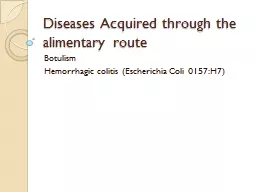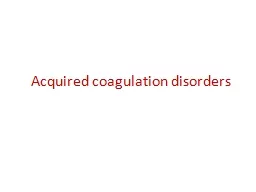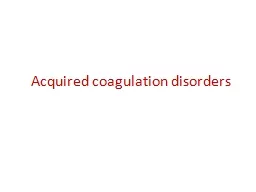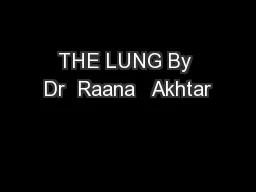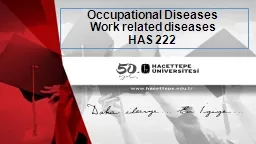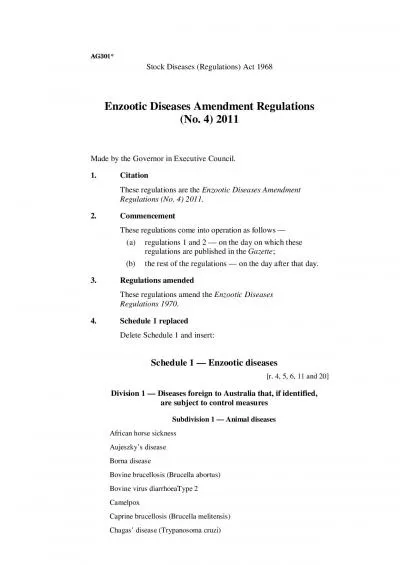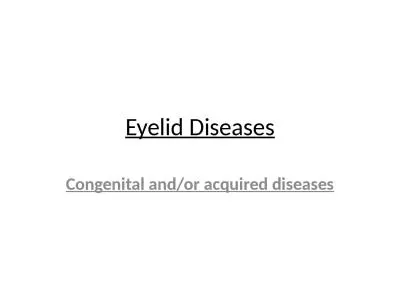PPT-Diseases Acquired through the
Author : eve | Published Date : 2022-06-11
alimentary route Botulism Hemorrhagic colitis Escherichia Coli 0157H7 Clostridium botulinum Grampositive bacteria Rod shaped Most commonly found in the soil Spore
Presentation Embed Code
Download Presentation
Download Presentation The PPT/PDF document "Diseases Acquired through the" is the property of its rightful owner. Permission is granted to download and print the materials on this website for personal, non-commercial use only, and to display it on your personal computer provided you do not modify the materials and that you retain all copyright notices contained in the materials. By downloading content from our website, you accept the terms of this agreement.
Diseases Acquired through the: Transcript
Download Rules Of Document
"Diseases Acquired through the"The content belongs to its owner. You may download and print it for personal use, without modification, and keep all copyright notices. By downloading, you agree to these terms.
Related Documents

